Ham Radio Station Automation
All the radios, amplifiers, antenna tuners, switches, satellite preamps, and antenna rotators @ K6HR all operate under full automation. The operator only needs to ‘turn the tuning dial’ (actually point and click) to operate on any band in any mode. Details of my station automation are outlined below.
I will detail how everything is connected and some things you may want to consider when planning to automate your own shack. I will also include links to some valuable information from some of the world’s top contesters.
The key piece to the station automation scheme is the SPE Expert 1K-FA Linear Amplifier. I supply radio frequency data directly to the amplifier from the Flex transceivers using FTDI USB to Serial cables (available from Flex). Since the Flex 6300 has only two USB ports, I added a 4-Port USB Hub so I can connect additional devices in the future. This USB hub came recommended by folks in the Flex Radio Community as having no RFI issues. I put a ferrite on it anyway!
Well worth the effort
All of this was actually very simple to set up. The only “hard part”, if you will, was soldering a short 9 pin to 15 pin cable for one of the CAT connections to the amplifier. The 1K-FA does most of the work.
What I like most about the streaming frequency data is the ability to tune to the operating frequency without the need to TX! As I change frequencies and/or bands, the radio(s), amplifier, and antenna tuners all follow the frequency changes in real-time.
The amp also switches up to 4 antennas via two user programmed band/antenna tables – one for each input. I never have to worry if I am on the right antenna or if I’m tuned for lowest SWR. It’s all automatic and the amplifiers protection is state of the art. I enjoy total freedom to operate anywhere on the amateur bands with a point & click.
Another cool feature of the 1K-FA is it’s ability to automatically set the drive level of the Flex transceiver. The drive levels are entered manually per band, with one setting for the ‘Half’ power, and one for the ‘Full’ power settings on the amp. It’s just another way to ensure the amplifier input is not over driven.
I have arrived at some nominal settings, and continue to fine tune as operations move forward.
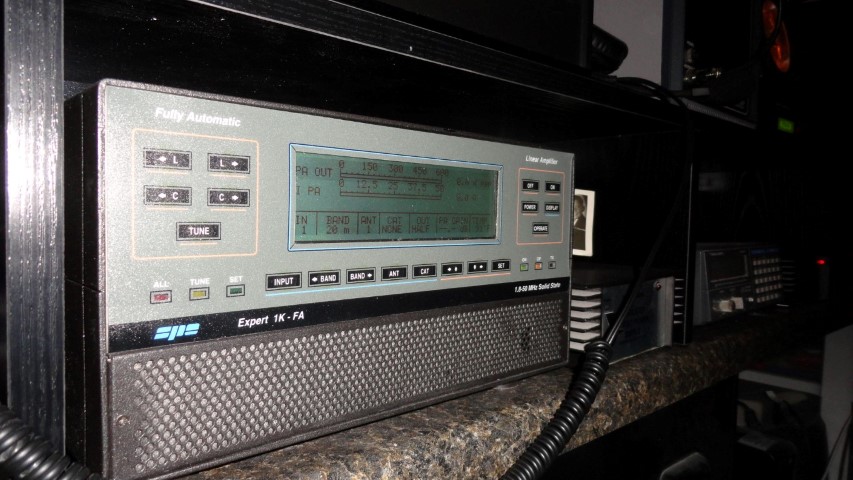
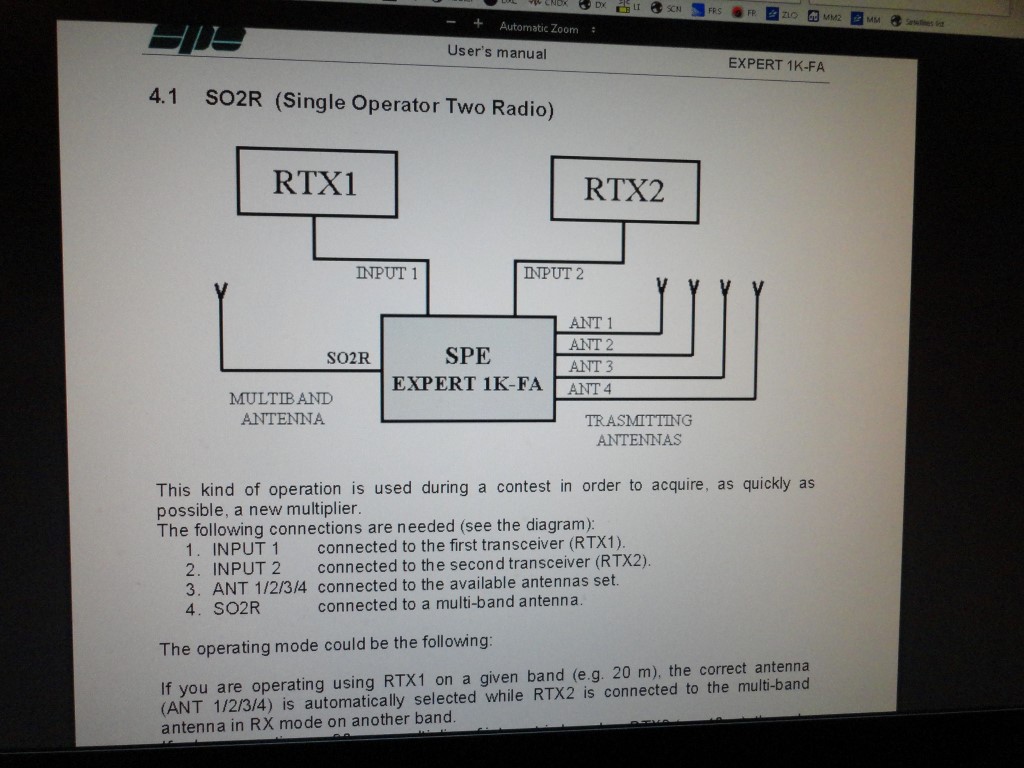
The W6LVP RX Only Loop Antenna
In my opinion the W6LVP Magnetic Loop Antenna was the perfect choice for the SO2R Multiband antenna. I researched the other loops on the market and in the end I purchased the W6LVP based on price and user reviews. I would find out after setting it up that performance would be its best attribute!

I recorded a short YouTube Video to demonstrate the effectiveness of the Loop Antenna. I plan to eventually mount the loop up on the roof with a rotor.

As mentioned in a previous post, this TX relay is only needed as a safety when the amplifier is not in use. It is connected as shown above, but with a 50 ohm dummy load instead of a TX antenna. This way if I accidentally TX on radio #2 when the amp is off, the RF output will go to the dummy load instead of the RX only loop antenna. This is a key part of the station automation.
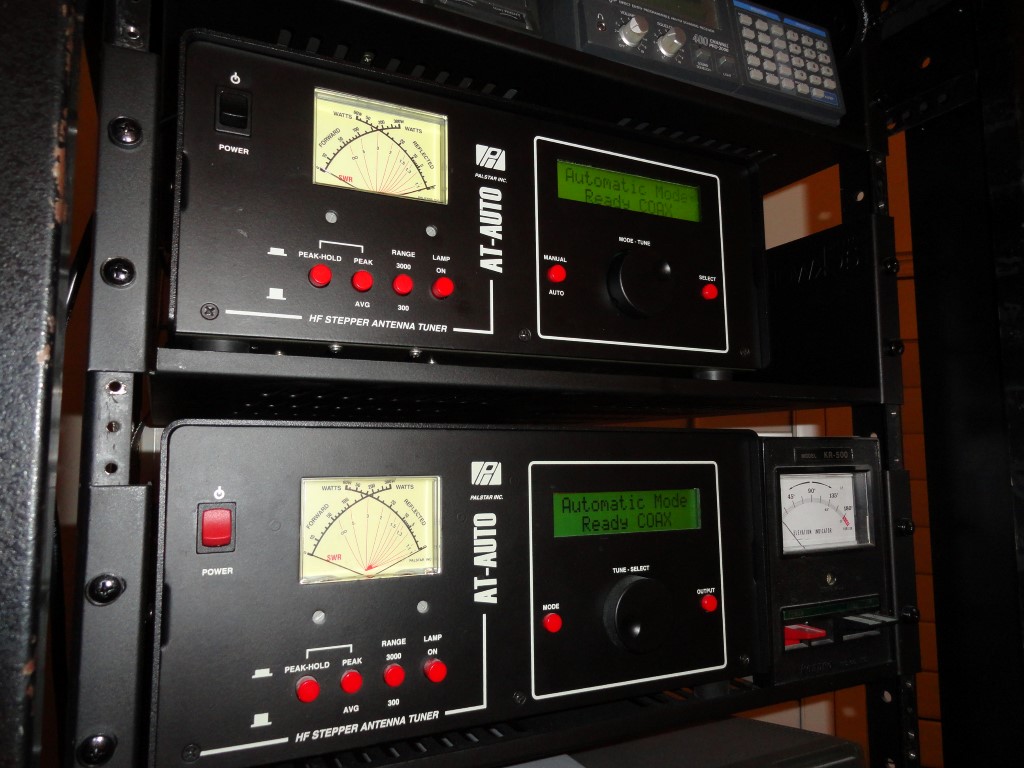
It wouldn’t be station automation without the at-auto
The part I like most about the AT-AUTO’s are their ability to follow the radio. They track the current TX frequency in real-time. Unfortunately the HF-AUTO doesn’t do this without the use of a utility software, so I went with the AT’s instead.
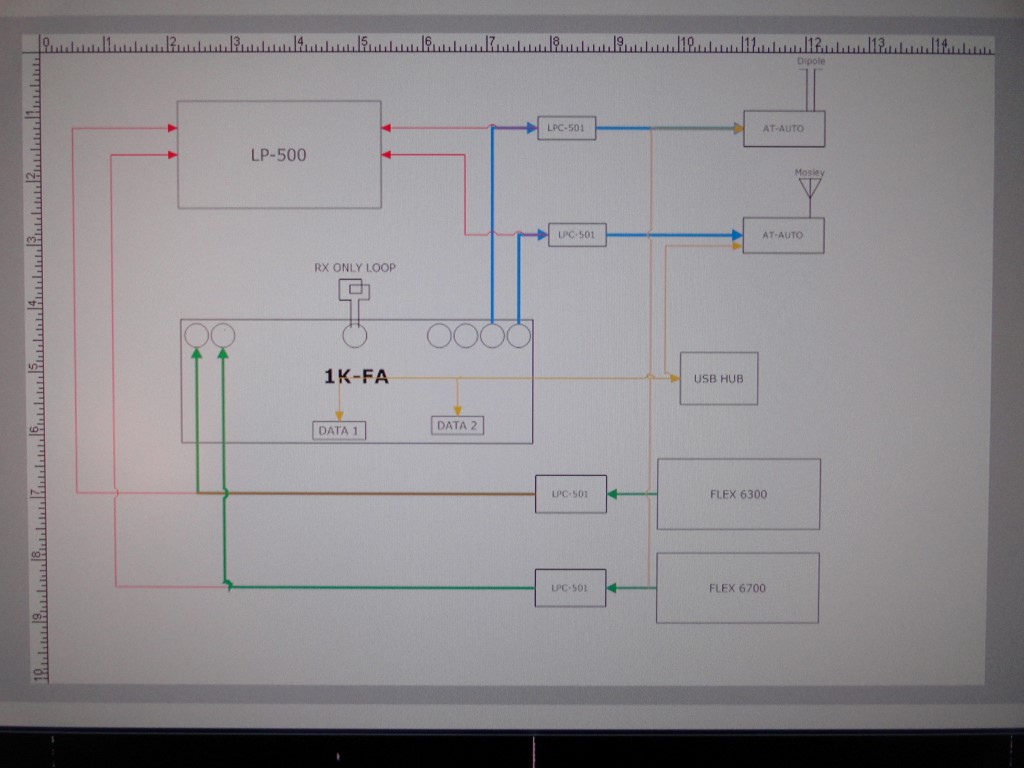
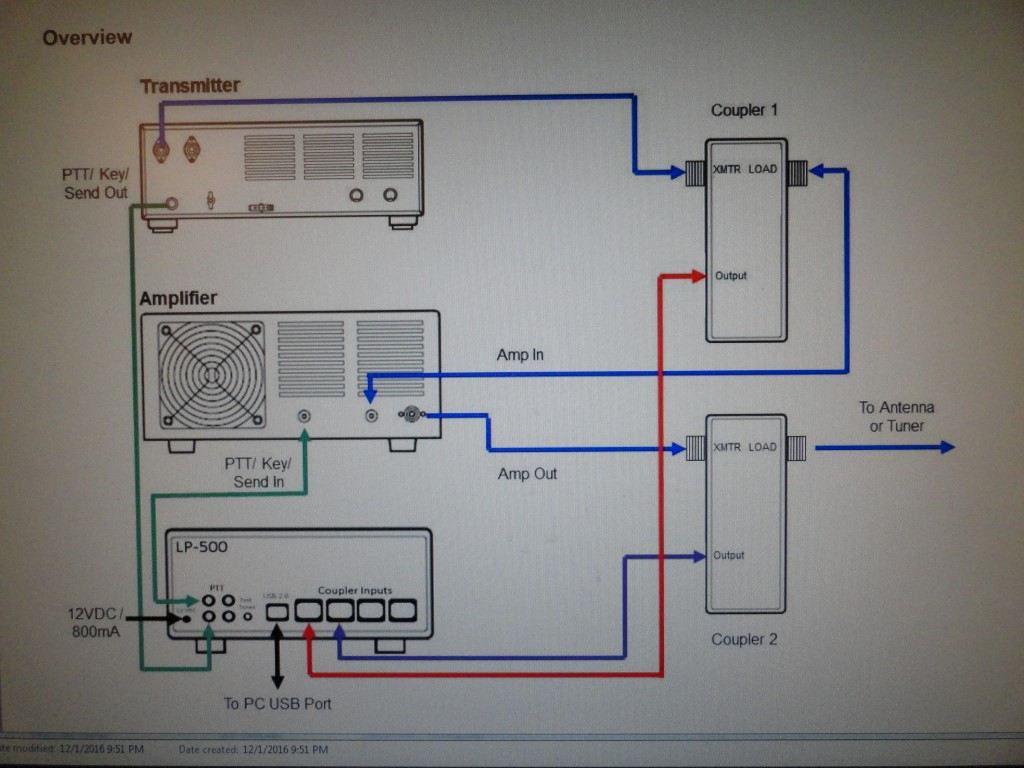
I’m not the only one excited about Ham Radio station automation. Check out the AB1QB website for some real inspiration!
Now that I have the station automation out of the way, the next logical step should be remote operations. There are several high-end hardware manufacturers that specialize in equipment designed specifically for remote operation and automation.
From the 4O3A website:
Station Genius can serve as a stand-alone node with its own IP address. This allows you to control your station while you are away.
Interlock function prevents radios from transmitting at the same time. Can be customized according to the rules of particular contests. Users can visually determine which radios are currently transmitting by viewing the Windows app or Station Genius front panel.
PTT outputs are jumper configurable for either +5V or a closure to ground on transmit. All common transmitter inhibit protocols are supported. PTT outputs have a user configurable delay for antenna switching and linear amplifier sequencing.
A user friendly windows app makes configuring Station Genius simple and easy.
Users can combine up to 36 Station Geniuses in a multi-transceiver enviorment and monitor them over a network.
4o3a / FlexRadio Power Genius XL
The PowerGenius XL is a 100% duty cycle, legal limit (1500W ICAS) 1.8-54 MHz RF amplifier. Designed with a pair of the latest NXP MRF1K50H LDMOS transistors that are each capable of 1.5 kW and run up to 2000W easily, providing plenty of headroom for lowest IMD and spurious output.
It has a few first ever features built in:
- MEffA™ system (Maximum Efficiency Algorithm) control efficiency as function of output power. MEffA is a unique technique that changes the DC voltage level to the PA in a manner to match the envelope of the exciting RF in order to yield the most efficiency. The PA efficiency is not constant at a fixed DC level but varies with the envelope of the signal.
- MD precorrector built in, improving IMD for more than 10dB. This makes PG XL the cleanest amplifier on the market.
- Advanced vapor chamber cooling system, first of this in a HAM radio amplifier. Additionally, due to an improvement in material technology we dramatically improved the thermal conductivity.
PG XL is the cleanest amplifer with exceptional spurious performance achieved by its diplexed filters. Thanks to smart cooling, MEffA, real time drive settings and fan speed control PG XL has best thermal performance and lowest fan noise possible.
PG XL is the only fully SO2R capable amplifier. It has 70dB nominal isolation between exciter inputs.
A single FLEX-6700 and Power Genius XL comprises a complete SO2R station at half the cost of competing solutions.
As expected PG XL is well protected from high SWR, with ultra fast SWR circuit, inhibiting RF module in less then 1uS.